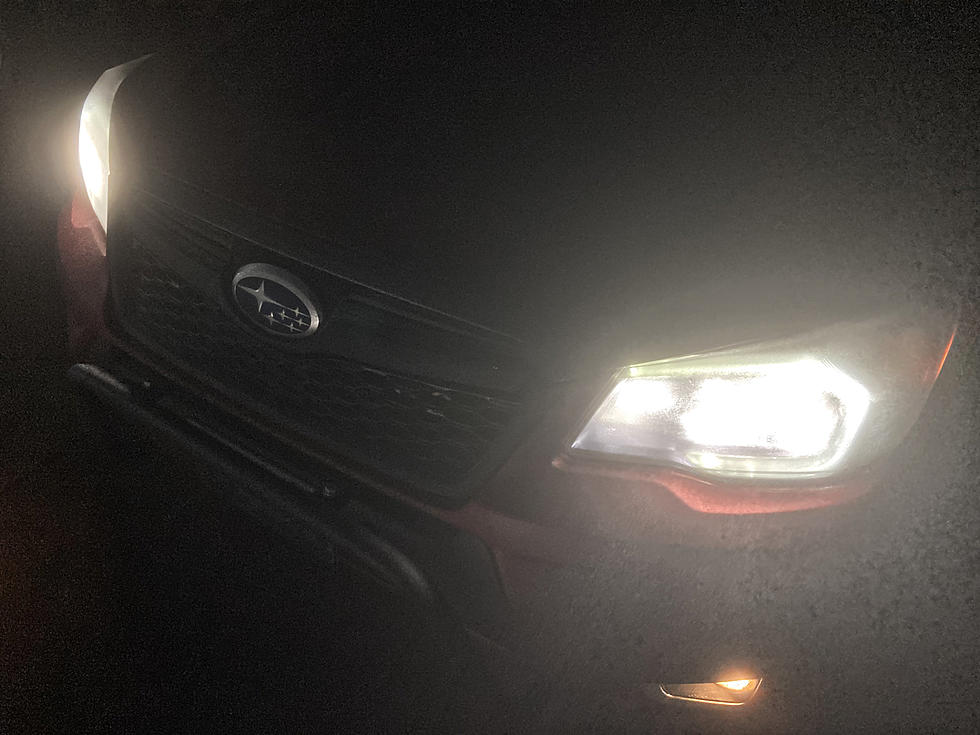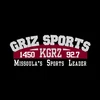
Tips You Need to Know for Driving in Montana Fog
Fog can be a way of life in the valleys of the Northern Rockies, especially on a winter like this with temperatures around freezing and lingering snow on the ground. This is caused by inversions, where warm, and often sunny weather at higher elevations causes the cold air to "pool" in the valleys, with no wind to "mix" the air.
If you've never lived on the coast, driving regularly in fog, it can catch you by surprise. Yet if you move to Montana, your experience in fog-prone areas like Puget Sound doesn't completely prepare you for the differences.
So here's a list of fog-driving tips for valley inversions.

Pick your travel time (and route)
Fog in Montana is fairly predictable. Dense fog will start to develop an hour before sunrise, lasting until mid-morning or early afternoon when the atmosphere warms and allows the fog to lift, if not clear entirely. The same is true in the evening during strong inversions, with fog dropping back in an hour or two after sunset.
Drivers not on a clock can pick their travel time, and a familiar route, avoiding fog-prone spots like rivers where possible.
Allow more distance than you're used to
Generally, the advice is to allow "3-to-5" car lengths when following a car. But defensive driving.org recommends that there should be "at least" 5 car lengths when the fog rolls in. Experts suggest using your emergency lights in especially dense fog and try to avoid sudden braking or other maneuvers.
RELATED: Here's why Western Montana is so cloudy
Roll down your window
This won't be a popular suggestion when it's cold, but part of increasing that "spatial awareness" is to use your sense of hearing. When driving on a narrow county road, cracking the passenger window can allow you to "hear" your tires leaving the pavement, or tracking into the sand obscuring the "fog line". I've found it also helps in checking whether a road is wet, or icing up.
Focus on the lines
Tough when the shoulder is covered in sand and gravel, but keeping your eyes on the fog line is your best practice, instead of using the center line for location. This keeps your car-oriented to the side of the road and away from oncoming traffic.
Use less light, not more light
The National Weather Service says you should ALWAYS use your low beams to prevent glare. Plus using full lights (not just daylight running lights) is important for visibility to other drivers. But be careful with today's much more powerful LED lights, which even on low beams can overwhelm your vision. Find just the right balance with fog lights, if you have them. Above all, make sure all lights are clean and clear of ice.
Inside the car, turn down the brightness on your instrument lights, and choose a color (if possible) like red, or blue, that doesn't interfere with your night vision. Consider turning navigation screens to their dimmest settings, also to prevent glare. Give your eyes time to adjust when first starting out.
Check the glaze on your windows
One check I always use is the "glaze" on your windows. It's a solid indicator of not only what road conditions could be like, but whether you'll be dealing with "freezing fog".
Keep your windshield wipers working
Keep your windshield clean and wipers operating at least intermittently. At the same time, NEVER run wipers across an icy windshield when first starting out. I've had experienced state troopers tell me even one pass across frost and ice and ruin a set of wipers.
Pull way off the road
In addition to slowing down, and running emergency flashers in dense fog to keep from being rear-ended, NWS advises drivers to pull off the road when visibility drops to zero, waiting for conditions to improve. However, it's critical you don't just pull off to the shoulder of the road, where someone can slam into your car. Pull off in a freeway rest area, or somewhere yards away from the main travel lanes, keeping your flashers on. A good suggestion is to make use of the "ride-share" parking lots along Montana's major two-lane roads.
LOOK: Biggest snowfalls recorded in Montana history
Gallery Credit: Stacker
